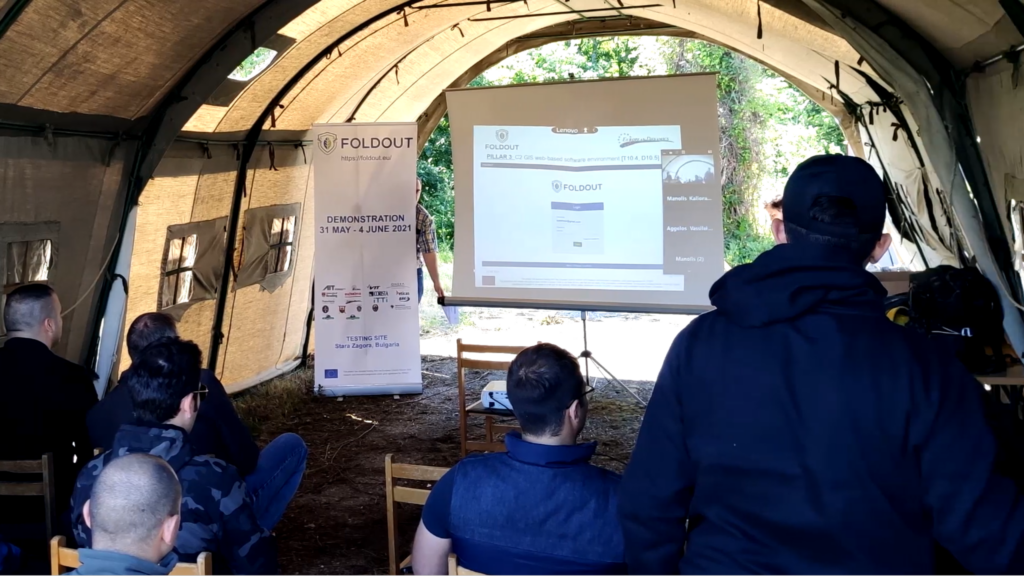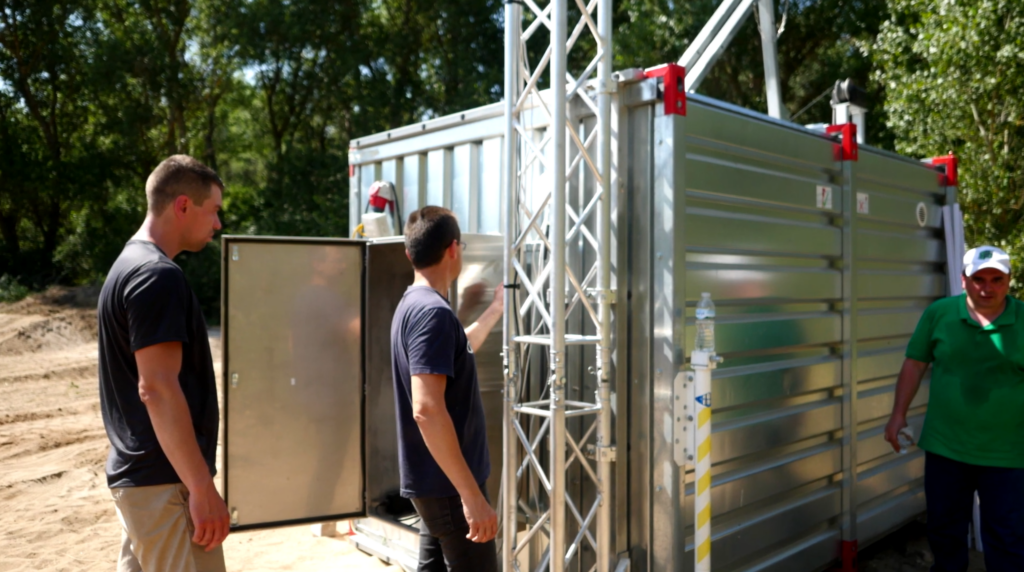
RESEARCH PROJECTS
H2020 FOLDOUT project
IISM team designed and developed the Mobile Command Unit for the H2020 FOLDOUT project about border surveillance technology (2018-2022). For more info see https://foldout.eu/

A multistage Artificial Immune Network Architecture for the anticipatory control of a mobile robot
Equipping autonomous robots with intelligent control architectures has occupied a large number of cognitive scientists for quite some time. After top-down architectures seemed to be too slow for most application areas and solutions were mostly considered detached from the respective hardware, the direction of research was significantly influenced in the early 1990s by, among others, Rodney Brooks (Brooks 1991). Brooks and others justified this paradigm shift with the notion of subsumption architecture, a contrarian approach that proposed a bottom-up approach to the problem. Since then, much of the research (body-based robotics; Pfeifer & Scheier 1999, Crane 1999) in robot control has been directed toward bottom-up approaches, which are inextricably linked to the “body” of the robot. Since the 1990s, Artificial Immune Systems (AIS), independent of these developments, have also been found in the various branches of artificial intelligence research. Artificial Immune Systems are generally considered to be computer-centered systems that, starting from and inspired by theoretical immunology and its postulated functions, principles and models, attempt to master complex problem domains. Not least, their proximity to the field of genetic and evolutionary algorithms and their extreme mutability and adaptivity make them ideal tools for application to a wide variety of problems, to which they can sometimes open up a new approach and for which they can often provide surprising solutions. As core areas, learning (which includes applications to robotics), anomaly detection and optimization tasks (Hart & Timmis 2005).
The main subject of this project is the design, lying in the tension between the two paradigms, and the development of a generic multi-level artificial immune system framework used for autonomous and anticipatory control of a mobile robot (in this case, the “robot dog\ Sony AIBO ERS-7). The architecture is based in many respects on that subfield of immunology, which was made known under the term immune network theory by Nils Jerne (Jerne 1974) and postulates a lively and progressive interaction between the cells involved in the immune response.
With respect to anticipatory capabilities, ins particularly emergent aspects of self-reference within the network and its stages are considered and are expected to enable the robot to behave in a predictive environmental manner that goes beyond mere reactivity and planning. Finally, an essential part of the work is the comparison to other similar architectures (for example Extended Classifie Systems or Neural Networks) and the critical elaboration of their strengths and weaknesses.

